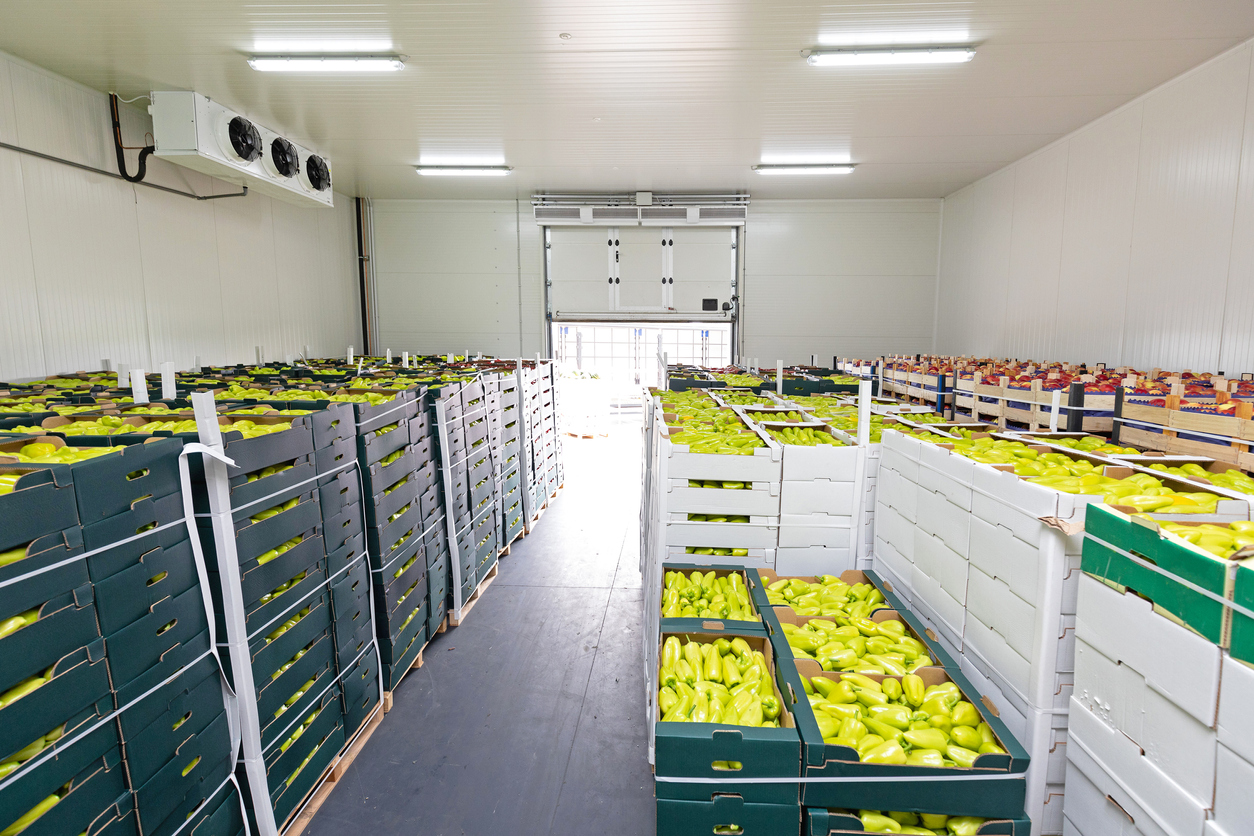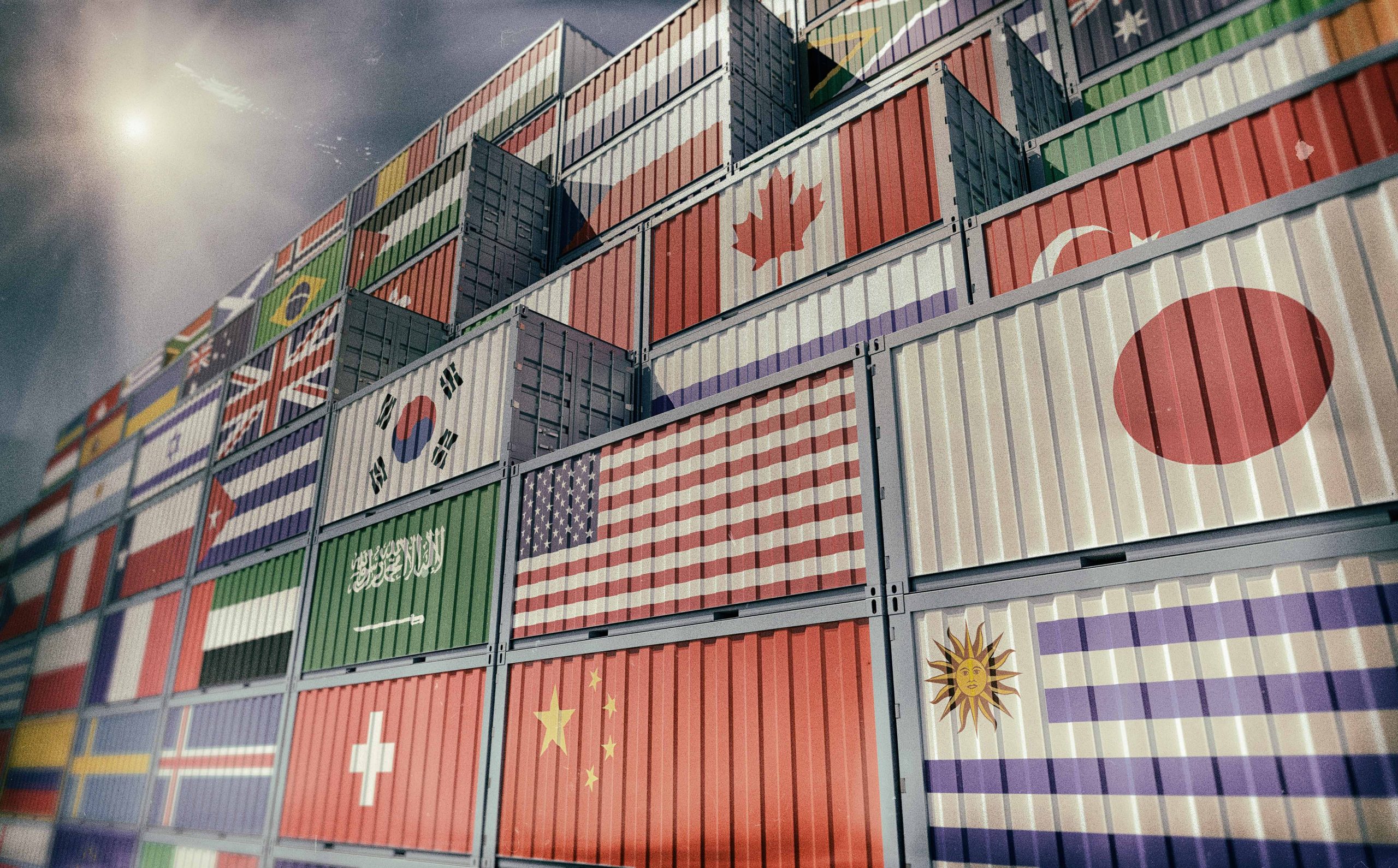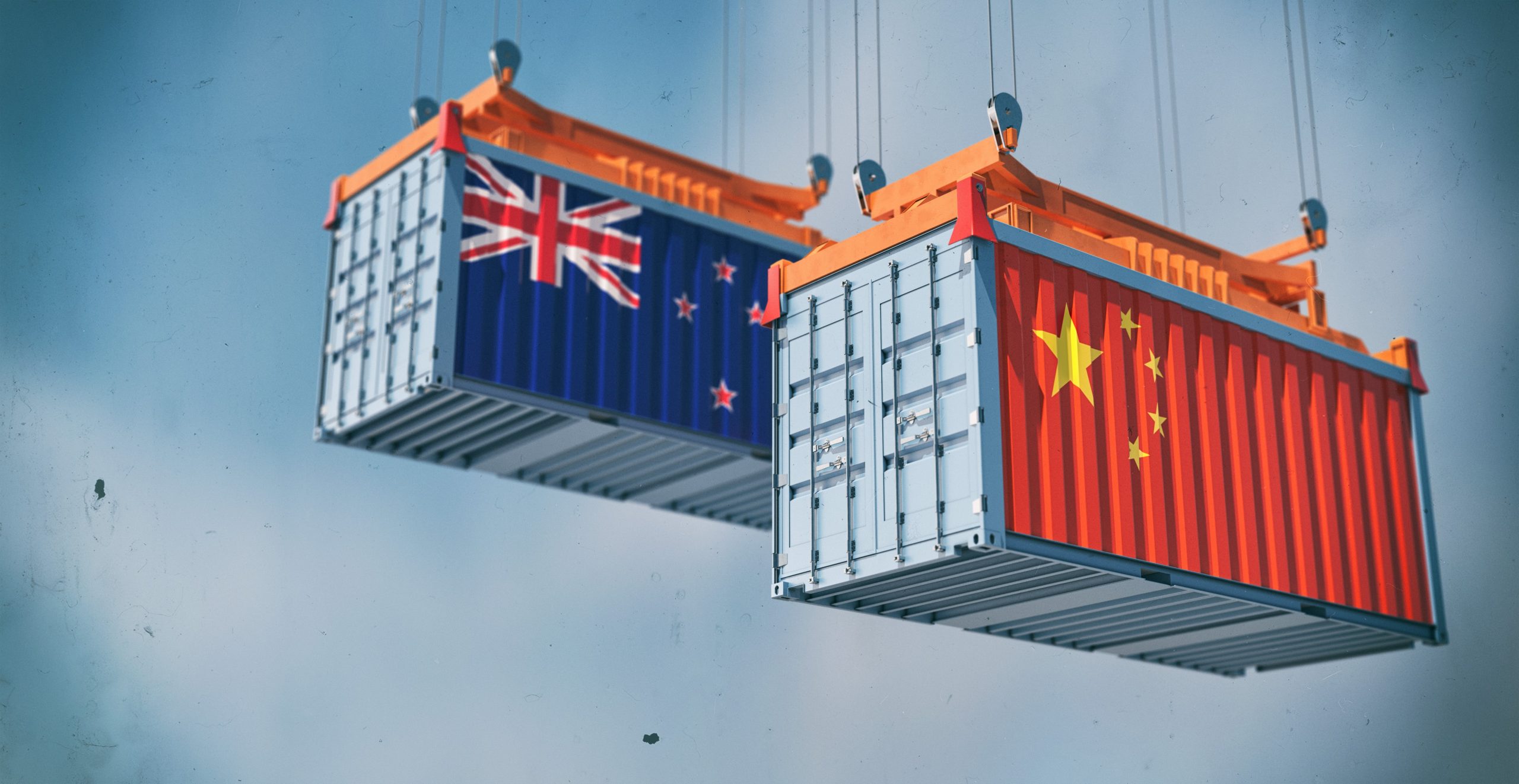The Economics of Apples: Understanding the Factors Influencing Wholesale Prices
The Economics of Apples: Understanding the Factors Influencing Wholesale Prices
Welcome to the juicy world of apples! Have you ever wondered why a crisp and delicious apple can sometimes cost an arm and a leg, while other times it’s so affordable you can buy a whole bushel? Well, my fellow fruit enthusiasts, get ready to sink your teeth into the economics behind those tempting fruits. In this blog post, we will explore the fascinating factors that influence wholesale prices of apples – from weather patterns and global trade dynamics to supply chain complexities. So grab yourself a refreshing glass of apple cider and join us on this enlightening journey through the orchards as we uncover the sweet secrets behind apple economics!
Introduction to the Economics of Apples
Introduction to the Economics of Apples
Apples are one of the most widely consumed fruits in the world, with production and consumption spanning across various continents. From a simple snack to an ingredient in many dishes, apples have become a staple in diets worldwide. However, behind this seemingly ordinary fruit lies a complex economic system that determines its wholesale prices.
Understanding the economics of apples is crucial for both consumers and producers alike. It provides valuable insights into the factors that influence apple prices and how they can fluctuate over time. In this section, we will delve deeper into the economics of apples and explain some key concepts related to their pricing.
Supply and Demand
The law of supply and demand plays a significant role in determining apple prices. Simply put, when demand for apples increases while supply remains constant, prices tend to rise. On the other hand, when supply exceeds demand, prices typically decrease.
Factors such as weather conditions, government policies, transportation costs, and consumer preferences all influence both supply and demand for apples. For instance, if there is a drought or frost that affects apple orchards’ yield, it can lead to a decrease in supply and subsequent increase in prices.
Market Structures
The market structure also has an impact on apple prices. There are mainly two types of markets for apples: wholesale markets where large quantities are bought and sold between producers and retailers or processors; and retail markets where consumers purchase individual apples from supermarkets or local stores.
Factors That Affect Wholesale Prices
Wholesale prices are an important aspect of the economics of apples, as they play a crucial role in determining the profitability and sustainability of apple farming. Wholesale prices refer to the cost that retailers or distributors pay for purchasing apples in bulk from farmers or wholesalers. These prices are influenced by various factors that affect the supply and demand of apples in the market. In this section, we will discuss the main factors that influence wholesale prices and their impact on the apple industry.
1. Supply and Demand:
The most significant factor affecting wholesale prices is the balance between supply and demand in the market. The supply of apples is determined by various factors such as weather conditions, crop yields, and production costs. On the other hand, demand for apples is influenced by consumer preferences, health trends, and availability of substitutes. When there is a high demand for apples but limited supply, wholesale prices tend to increase due to scarcity. Conversely, when there is an oversupply of apples in the market, wholesale prices may decrease.
2. Seasonality:
Apples are a seasonal fruit with peak harvesting seasons varying across different regions. This seasonality affects wholesale prices as well since it impacts both supply and demand dynamics. During peak harvest seasons when there is an abundance of fresh apples available in the market, wholesale prices tend to be lower due to increased competition among suppliers. However, during off-seasons when fresh apple supplies are scarce or imported from other countries at higher costs, wholesale prices may increase.
– Supply and Demand
Supply and demand is a fundamental principle in economics that plays a crucial role in determining the wholesale prices of apples. It refers to the relationship between the quantity of a good or service that producers are willing to supply and the quantity that consumers are willing and able to purchase at a given price.
In the context of apples, supply represents the amount of apples that farmers and suppliers are willing to produce and sell at different prices. This is influenced by various factors such as weather conditions, production costs, technology, government policies, and expectations for future market conditions.
On the other hand, demand reflects consumers’ desire for apples at different price points. The demand for apples is affected by factors such as consumer preferences, income levels, population demographics, availability of substitutes, and overall economic conditions.
The interaction between supply and demand ultimately determines the equilibrium price of apples in the wholesale market. When there is an imbalance between supply and demand – either too much supply or too much demand – it creates either a surplus or shortage in the market.
For instance, if there is an oversupply of apples due to favorable weather conditions or increased production efficiency, this can lead to lower wholesale prices as producers try to offload their excess inventory. On the other hand, if there is high consumer demand for apples but limited supply due to poor weather conditions or crop failures, this can result in higher wholesale prices as suppliers compete for limited resources.
– Seasonality
Seasonality is a key factor that greatly influences wholesale prices of apples. Apples are a seasonal crop, meaning they are only harvested and available for sale during certain times of the year. This natural cycle of availability plays a significant role in determining the supply and demand for apples, thus affecting their wholesale prices.
The apple season in the United States typically runs from late August to early November, with some varieties available until December. During this time, apple orchards across the country are busy harvesting their crops and bringing them to market. However, even within this general timeframe, there can be variations based on location and weather conditions.
One important aspect of seasonality to consider is the concept of “new crop” versus “old crop.” As the name suggests, new crop refers to freshly harvested apples from that year’s growing season. These apples tend to be larger and have better quality than old crop apples which have been in storage for several months. As such, new crop apples command higher prices due to their freshness and superior taste.
Another factor affecting seasonality is geographic location. The United States is divided into different growing regions based on climate and terrain, each with its own unique apple harvest schedule. For instance, Washington state is known for its large production of apples and harvests earlier in the season compared to New York or Michigan.
– Crop Yield and Quality
Crop Yield and Quality are critical factors that greatly impact the wholesale prices of apples. In this section, we will delve into the various aspects that determine crop yield and quality, and how they influence the economics of apples.
1. Climate and Weather Conditions:
The climate and weather conditions play a significant role in determining the crop yield and quality of apples. Apples require a specific temperature range for optimal growth, typically between 60-70 degrees Fahrenheit during the day and below 45 degrees Fahrenheit at night. The ideal weather for apple cultivation is a combination of warm sunny days, cool nights, moderate humidity levels, and sufficient rainfall. Any deviation from these conditions can affect the quantity and quality of apples produced.
2. Soil Quality:
The type and quality of soil also have a significant impact on apple crops’ overall health and productivity. Apples prefer well-drained loamy soils with good water retention capacity to thrive. The soil should also be rich in essential nutrients like nitrogen, phosphorus, potassium, calcium, magnesium, etc., for proper growth and development. Absence or lack of any vital nutrient in the soil can lead to stunted growth or poor-quality apples.
– Transportation and Distribution Costs
Transportation and distribution costs play a crucial role in determining the wholesale prices of apples. These costs refer to the expenses involved in moving apples from the farms where they are grown to the wholesalers who purchase them for further distribution.
The transportation of apples begins with the harvesting process, where they are picked from trees and sorted according to their size and quality. From there, they are packed into crates or boxes for safe transport. The method of transportation can vary depending on factors such as distance, quantity, and urgency.
One major factor influencing transportation costs is the distance between the apple farms and the wholesale markets. Apples grown in local orchards have lower transportation costs compared to those that need to be shipped across state lines or even internationally. This is because longer distances require more fuel and resources, resulting in higher shipping fees.
The quantity of apples being transported also affects transportation costs. Larger quantities typically result in bulk discounts from carriers, reducing overall expenses for farmers. On the other hand, smaller quantities may incur higher per-unit transportation costs due to less efficient use of space on trucks or planes.
Another key consideration is urgency. Some apple varieties are highly perishable and need to be transported quickly to maintain their freshness and quality. This often involves expedited shipping methods such as air freight, which can significantly increase transportation costs.
– Competition and Market Power
Competition and market power are crucial factors in understanding the wholesale prices of apples. In any market, the presence or absence of competition can significantly affect pricing dynamics.
Firstly, let’s define what we mean by competition in the context of apple markets. Competition refers to the rivalry between different sellers or producers seeking to attract customers and gain a larger share of the market. In a competitive market, there are multiple sellers offering similar products, resulting in price competition as they try to outdo each other to win over consumers.
In contrast, a lack of competition can lead to a concentrated market where there are only a few dominant players with significant control over supply and pricing. This scenario is often referred to as having high market power – when one or more firms hold substantial control over prices and output levels.
So how does competition affect wholesale prices? In a perfectly competitive market, prices are determined by the forces of supply and demand. If there is an increase in demand for apples, for example due to their health benefits being highlighted in media reports, then suppliers will respond by increasing their production which would lead to lower wholesale prices due to increased supply.
On the other hand, if there is less competition and only a few suppliers dominate the apple market, they can potentially manipulate prices through their decision-making power on production levels. For instance, if one large supplier decides to limit its production while keeping demand constant, it can drive up wholesale prices as consumers have limited options from other competitors.
Impact on Different Stakeholders
The wholesale price of apples is not only affected by market forces and supply and demand, but also has an impact on various stakeholders within the apple industry. In this section, we will discuss the different groups of stakeholders and how fluctuations in wholesale prices can affect them.
1. Farmers: The primary stakeholders in apple production are farmers who grow and harvest the fruit. For them, wholesale prices directly impact their profits and livelihoods. When wholesale prices are high, farmers earn more for their produce, which allows them to invest in their farms and expand their operations. On the other hand, when prices are low, farmers may struggle to cover their production costs and make a profit.
2. Wholesalers: Wholesalers play a crucial role in bringing apples from farms to retailers or consumers. They purchase large quantities of apples from farmers at wholesale prices and then sell them at retail prices for a profit. Therefore, any change in wholesale prices affects their profit margins as well.
3. Retailers: Retailers such as supermarkets or grocery stores buy apples from wholesalers at a markup price based on the current wholesale price. If there is a significant increase in wholesale prices due to factors like supply shortages or increased demand, retailers may pass on these higher costs to consumers by raising retail prices.
– Farmers
Farmers play a crucial role in the apple industry as they are responsible for growing and harvesting apples, which are then sold to wholesalers. Understanding the economics of apples also involves understanding the challenges faced by farmers and how these factors can influence wholesale prices.
1. Production Costs:
The first factor that influences wholesale prices is the production costs incurred by farmers. These include expenses such as labor, equipment, fertilizers, pesticides, and land rent. As with any business, farmers need to ensure that their production costs are covered while still making a profit. Therefore, any increase in production costs will result in an increase in wholesale prices.
2. Weather Conditions:
Weather conditions can have a significant impact on apple production and ultimately affect wholesale prices. Extreme weather events such as droughts or floods can damage crops leading to lower yields and higher production costs for farmers. In addition, unfavorable weather conditions during harvest season can result in poor quality apples which may not meet market standards, causing prices to decrease.
3. Government Policies:
Government policies also play a role in determining wholesale prices of apples. For example, subsidies provided to apple growers can reduce their production costs resulting in lower wholesale prices. On the other hand, regulations such as import tariffs or quotas on foreign apples can limit competition and drive up domestic wholesale prices.
– Distributors
Distributors play a crucial role in the economics of apples as they are responsible for getting apples from the farmers to the end consumer. Distributors act as intermediaries between apple producers and retailers, ensuring a smooth flow of products and services.
There are various types of distributors in the apple industry, including wholesale distributors, foodservice distributors, retail distributors, and specialty distributors. Each type has its own unique function and target market.
Wholesale Distributors:
Wholesale distributors purchase large quantities of apples directly from farmers or packing houses at discounted prices. They then sell these apples to other businesses such as grocery stores, markets, and restaurants at a markup price. Wholesale distributors often work with multiple farms to ensure a steady supply of apples throughout the year.
Foodservice Distributors:
Foodservice distributors focus on supplying apples to restaurants, hotels, cafeterias, hospitals, and other institutions that serve food. These distributors offer a wide variety of apple products such as fresh whole apples, sliced or diced apples for salads or baking purposes, and even processed apple products like juice or cider. Foodservice distribution is usually done on a local or regional level.
Retail Distributors:
Retailers generally purchase their produce from wholesale or foodservice distributors. However, some larger retailers may have direct contracts with farmers to ensure the freshest produce for their customers. Retailers must carefully manage their inventory levels to meet demand while avoiding waste due to spoilage.
– Retailers
When it comes to the economics of apples, retailers play a crucial role in determining wholesale prices. Retailers are the final point of sale for apples and have a significant influence on consumer demand. Understanding how retailers operate and what factors influence their decisions can provide valuable insights into the fluctuations of apple wholesale prices.
One factor that affects wholesale prices is the supply chain between apple growers and retailers. Apples go through multiple stages before reaching retail shelves, including harvesting, packaging, transportation, and storage. Each step in the supply chain incurs costs that are passed on to retailers, who then mark up the price to make a profit. Therefore, any changes or disruptions in the supply chain can impact wholesale prices.
Retailer competition also plays an essential role in setting apple wholesale prices. In a competitive market with numerous retailers selling apples, there is likely to be downward pressure on prices as each retailer tries to attract customers with lower prices. On the other hand, if there are only a few dominant retailers in an area with limited competition, they may have more control over pricing and could potentially charge higher wholesale prices.
Consumer demand is another crucial factor that influences retailer decisions and ultimately impacts wholesale prices. As consumer preferences change or new varieties of apples become popular, retailers may adjust their inventory accordingly. If consumers demand more specific types of apples that require additional resources or time to produce, this could result in higher costs for both growers and retailers.
– Consumers
Consumers play a crucial role in the economics of apples as they are the ultimate buyers of the fruit. The demand for apples is driven by consumer preferences, income levels, and availability of substitute products. In this section, we will discuss how these factors influence wholesale prices and ultimately affect the apple market.
1. Consumer Preferences:
Consumer preferences refer to the taste, quality, and variety of apples that consumers desire. Apples come in various sizes, shapes, colors, and flavors which cater to different consumer preferences. For instance, some consumers may prefer larger-sized apples for baking purposes while others may prefer smaller ones for snacking. This diversity in preferences creates a demand for different types of apples, thereby influencing prices.
Moreover, consumer preferences also depend on health trends and nutritional benefits associated with apples. With an increasing awareness towards healthy eating habits, there has been a growing demand for organic and non-GMO apples. This trend has led to higher prices for these varieties compared to conventionally grown ones.
2. Income Levels:
The purchasing power of consumers is another key factor that influences wholesale prices of apples. As income levels increase, consumers tend to spend more on fresh produce such as fruits including apples. This leads to an increase in demand which can drive up wholesale prices.
Case Study: The Rise of Organic Apples
Case Study: The Rise of Organic Apples
In recent years, the demand for organic produce has been consistently increasing as consumers become more health-conscious and environmentally aware. This trend is no exception in the apple industry, where the production and sale of organic apples have seen a significant rise. In this case study, we will examine the factors that have contributed to the growth of organic apples and how they have influenced wholesale prices.
Consumer Demand for Healthier Options
One of the primary reasons for the rise in demand for organic apples is a growing concern among consumers about their health. Organic apples are cultivated without synthetic pesticides or fertilizers, making them a healthier alternative to conventional apples. These chemicals used in traditional farming methods can leave harmful residues on fruits that can be detrimental to human health. As people become more conscious of what they consume, there has been a shift towards choosing healthier options such as organic apples.
Changing Attitudes Towards Sustainability
Along with concerns about personal health, consumers are also increasingly aware of their impact on the environment. The use of pesticides and other agrochemicals in conventional apple farming has negative effects on soil quality, water pollution, and biodiversity. On the other hand, organic farming practices promote sustainable agriculture by using natural methods to cultivate crops while preserving soil fertility and promoting biodiversity.
Government Regulations and Policies
Government Regulations and Policies play a significant role in the wholesale price of apples. In this section, we will delve into the various regulations and policies that influence the economics of apples.
1. Agricultural Subsidies: One of the most crucial government policies affecting apple prices is agricultural subsidies. These are financial incentives provided by governments to farmers to help them produce crops at a lower cost, thereby reducing their production costs. In the United States, farmers receive subsidies from the federal government for growing certain types of apples. This can have a direct impact on wholesale prices as it allows farmers to sell their products at lower prices while still making a profit.
2. Trade Policies: Another factor that influences apple prices is trade policies set by governments. For instance, tariffs imposed on imported apples can affect domestic producers’ competitiveness and lead to higher wholesale prices. On the other hand, free trade agreements with countries that are major exporters of apples can increase competition and drive down wholesale prices.
3. Environmental Regulations: With an increasing focus on sustainable agriculture practices, environmental regulations play a significant role in determining apple prices. Governments often impose strict regulations on pesticide use and irrigation methods, which can increase production costs for farmers and subsequently result in higher wholesale prices.
Future Trends in Apple Production and Pricing
Future Trends in Apple Production and Pricing
The global apple market is constantly evolving, and there are several emerging trends that will have a significant impact on both production and pricing in the future. These trends are driven by various factors such as changing consumer preferences, advancements in technology, and environmental concerns. In this section, we will discuss some of the key future trends that are likely to shape the economics of apple production and pricing.
1. Organic Apples: As consumers become more health-conscious, there is a growing demand for organic produce, including apples. This trend is expected to continue in the future as people become increasingly aware of the potential health hazards associated with conventional farming practices. The organic apple market is projected to grow at a CAGR of 14% between 2020-2025 (Source: Mordor Intelligence). This increase in demand for organic apples will not only affect production practices but also impact pricing as these apples typically command higher prices due to their perceived health benefits.
2. Sustainable Farming Practices: Along with organic produce, consumers are also becoming more environmentally conscious and demanding sustainable farming practices from food producers. This trend is already evident in the apple industry with many growers adopting techniques like integrated pest management (IPM), which reduces the use of harmful pesticides and promotes natural pest control methods. As sustainability becomes an even bigger concern in the future, we can expect to see more regulations and initiatives promoting sustainable farming practices.








Comments are closed.